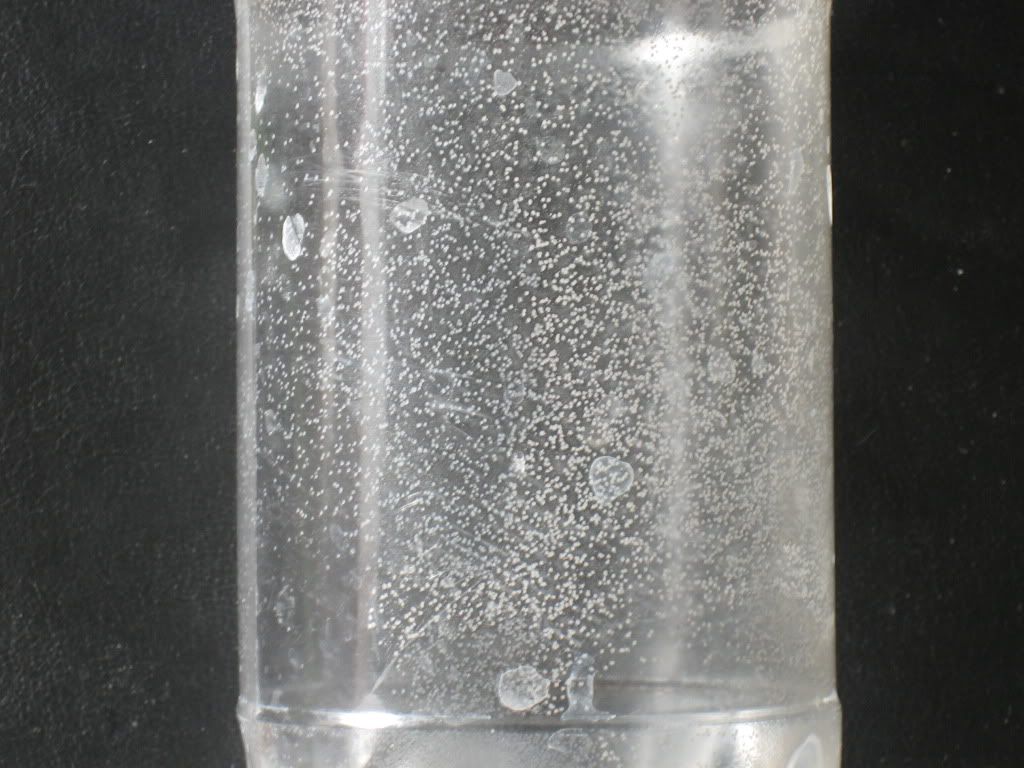With hindsight, one may ask:
Why have you allowed this to carry on for so long?
Why did you not change your equipment sooner?
Why did you not earlier, change the way you brew, as in totally change the method of brewing?
Why did you not brew somewhere else?
Why did you not wash down the brewroom before when this started?
Why have you not given up?
Answer:
I did not know that it would last this long.
I did not know that an infection would be this hard to get rid of.
When the first infected brew happened, i suspected the aquarium heaters, so i sealed up the temp dial with some fish tank silicone.
When the next brew failed, i replaced the heaters.
When the next brew failed, i started upping the concentration of bleach.
When a few more brews failed, i posted the problem on here to seek advise from brewers that have experienced infection before.
Before i put on the next brew, i am going to think hard about surface to surface contamination, as this is most likely the problem. Maybe if i do one brew here where i live using one of the new unused FVs that i have purchased and no other equipment from the brewroom. Then see what happens. I am now losing the enthusiasm for it all and i am now seriously considering that this bug has me beat and the best thing to do is stop brewing

which is a real pity cause i really did have a lot of enthusiasm for this. Everything has a beginning, a life and an end.


